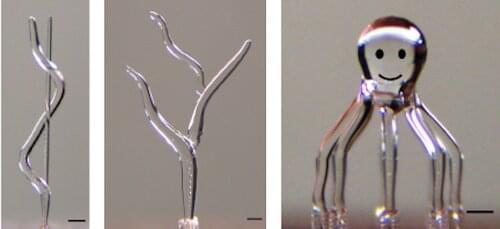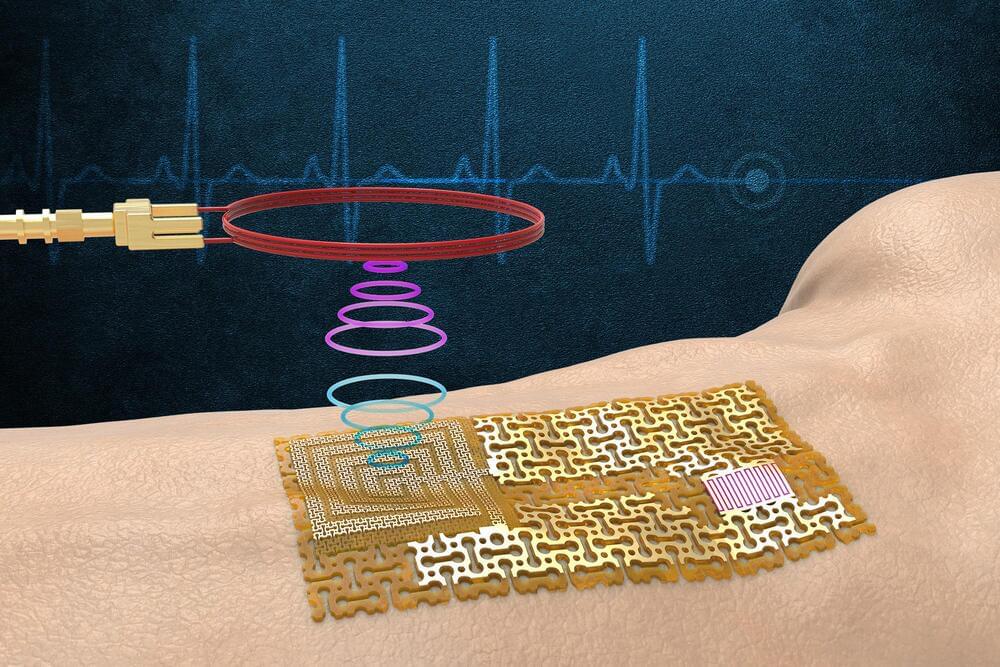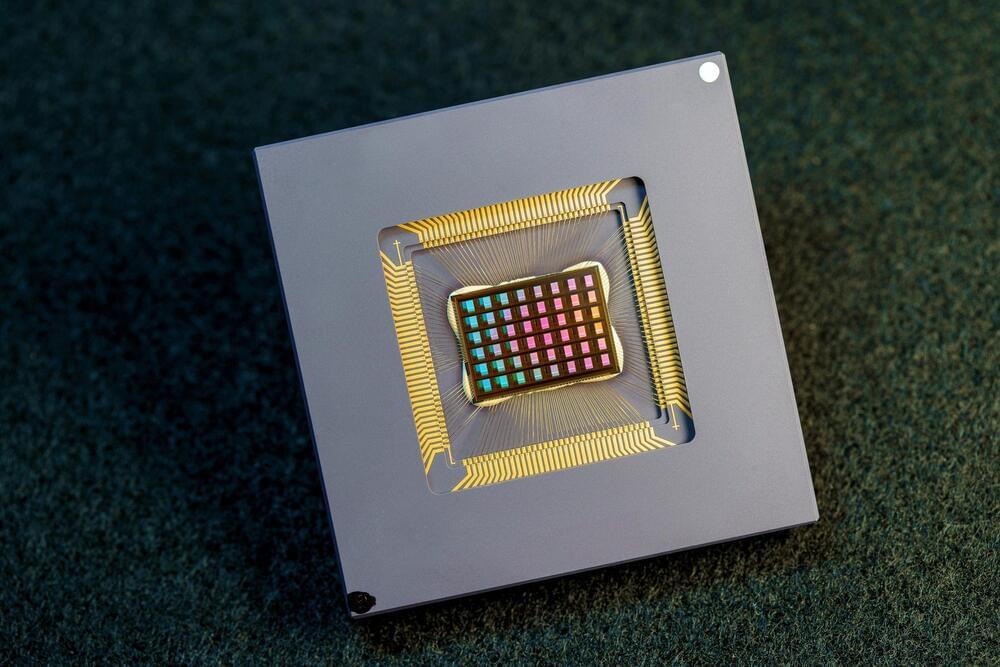Aug 21, 2022
Watchdog groups call review at US nuclear lab ‘sham’ process
Posted by Saúl Morales Rodriguéz in categories: government, military, policy
The U.S. government is planning to review the environmental effects of operations at one of the nation’s prominent nuclear weapons laboratories, but its notice issued Friday leaves out federal goals to ramp up production of plutonium cores used in the nation’s nuclear arsenal.
The National Nuclear Security Administration said the review—being done to comply with the National Environmental Policy Act—will look at the potential environmental effects of alternatives for operations at Los Alamos National Laboratory for the next 15 years.
That work includes preventing the spread and use of nuclear weapons worldwide and other projects related to national security and global stability, the notice said.


















